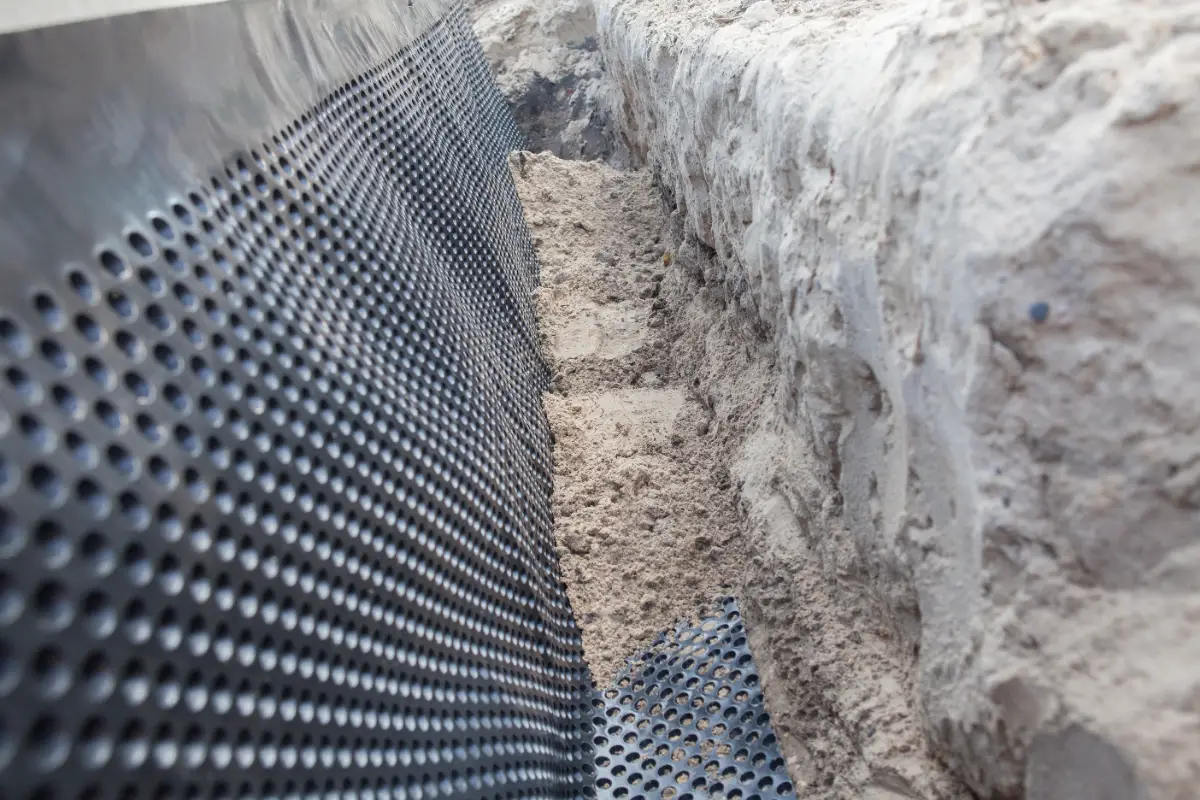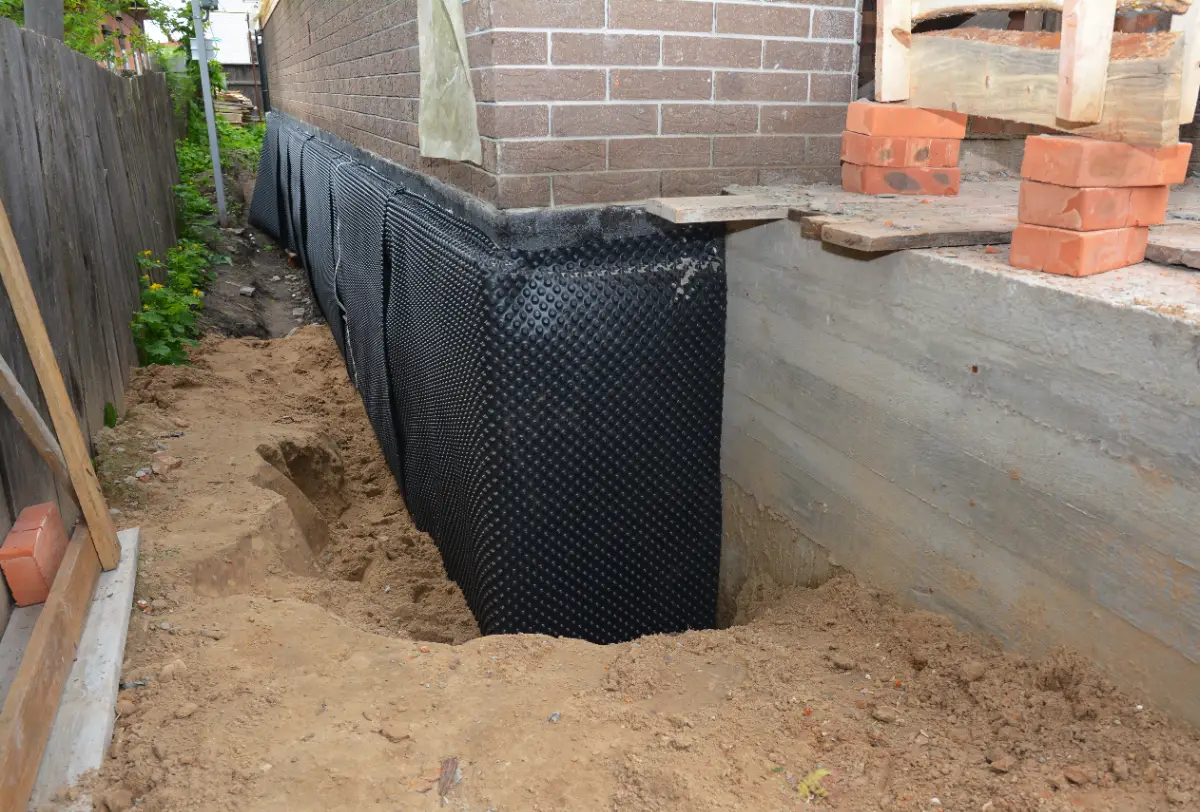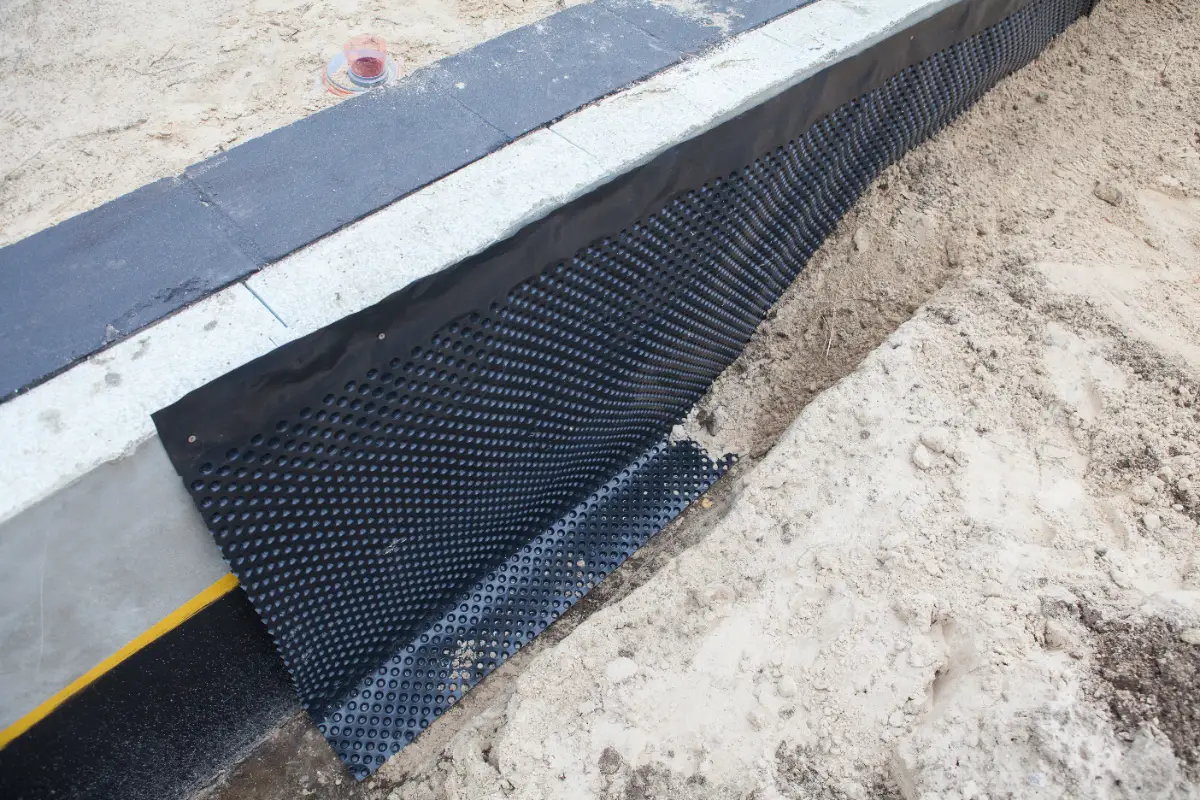Basement Waterproofing in Great River, NY
Keep Your Basement Completely Dry
Professional waterproofing that actually works, protecting your home and giving you real peace of mind.

Hear About Us

Great River Waterproofing Services
You get a basement that stays dry during Long Island’s heaviest storms. No more rushing downstairs during rain to check for water. No more that musty smell that never quite goes away.
Your stored belongings stay protected. Holiday decorations, family photos, tools, furniture – everything stays safe and dry where you put it.
The air in your home gets cleaner. When moisture can’t build up in your basement, mold and mildew can’t take hold. That means better air quality throughout your entire house, which is especially important if anyone in your family deals with allergies or breathing issues.
Great River Basement Waterproofing Company
Diamond Masonry & Waterproofing LLC specializes in both the masonry and waterproofing sides of basement protection. That combination matters more than most people realize.
We’ve been working in Great River and throughout Suffolk County long enough to understand how water moves around Long Island foundations. The clay soil, the seasonal weather patterns, the way different foundation types respond to moisture – we’ve seen it all.
When you call us, you’re working with contractors who know exactly what your basement is up against and how to fix it permanently.

Basement Waterproofing Process
We start with a thorough inspection of your basement, both inside and outside. We need to see where water is getting in, how it’s moving, and what’s causing the problem. Sometimes it’s obvious, sometimes it’s not.
Next, we determine whether you need interior waterproofing, exterior waterproofing, or both. Interior solutions work great for minor seepage and ongoing moisture control. Exterior waterproofing handles more serious water pressure issues and protects your foundation walls directly.
The actual waterproofing work depends on your specific situation. We might apply professional-grade sealers to your basement walls, install drainage systems, or excavate around your foundation for exterior membrane installation. We use materials designed for Long Island conditions, not generic products that might work somewhere else.

Ready to get started?
Explore More Services
About Diamond Masonry & Waterproofing
Get a Free Consultation
Waterproofing Services Great River
You get a complete assessment of your basement’s water issues, not just a quick look and an estimate. We identify all the ways water might be getting in, including spots you probably haven’t noticed.
Our waterproofing services cover both interior and exterior approaches. Interior basement waterproofing includes professional sealers, crack repairs, and moisture control systems. Exterior basement waterproofing involves foundation excavation, membrane installation, and proper drainage setup.
We handle the masonry work that other waterproofing companies often skip or subcontract out. Foundation repairs, proper grading, and structural issues that contribute to water problems – we take care of all of it. That’s what makes the difference between waterproofing that works for a few years and waterproofing that protects your basement permanently.

How long does basement waterproofing take to complete?
What's the difference between interior and exterior basement waterproofing?
Will basement waterproofing work in Long Island's clay soil conditions?
How much does professional basement waterproofing cost?
How do I know if my basement waterproofing is failing?
Can I waterproof my basement myself or do I need professionals?
Local Resources
- Google Map Link
- Find the Great River, NY USPS
- Locate Nearby Great River, NY Pharmacies
- View the Current Weather in Great River, NY
- Great River, NY is located in Suffolk county in New York State